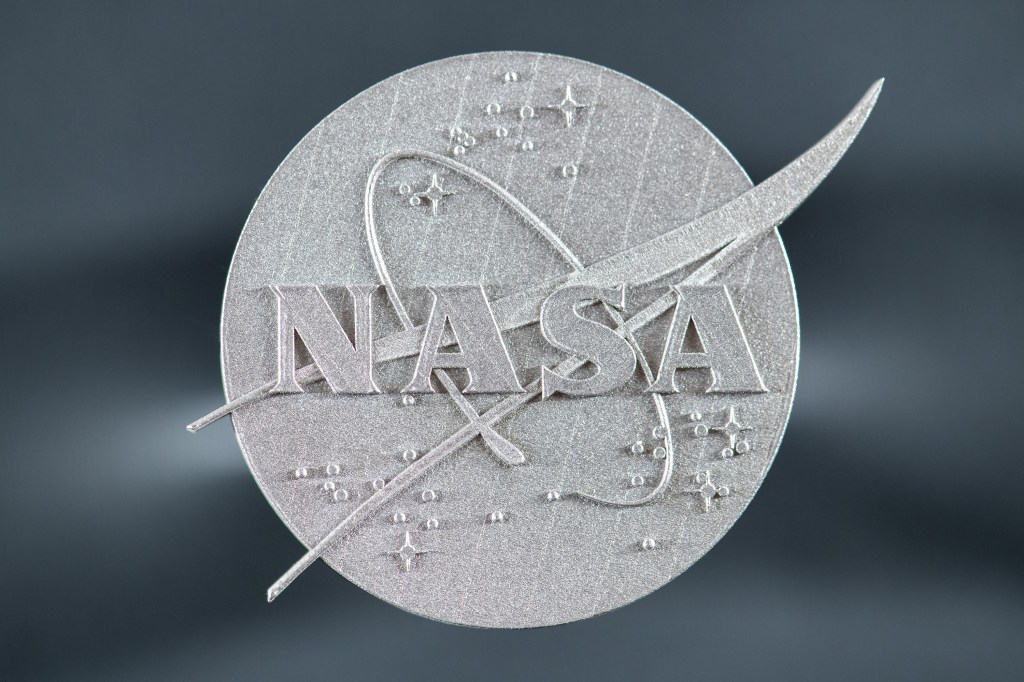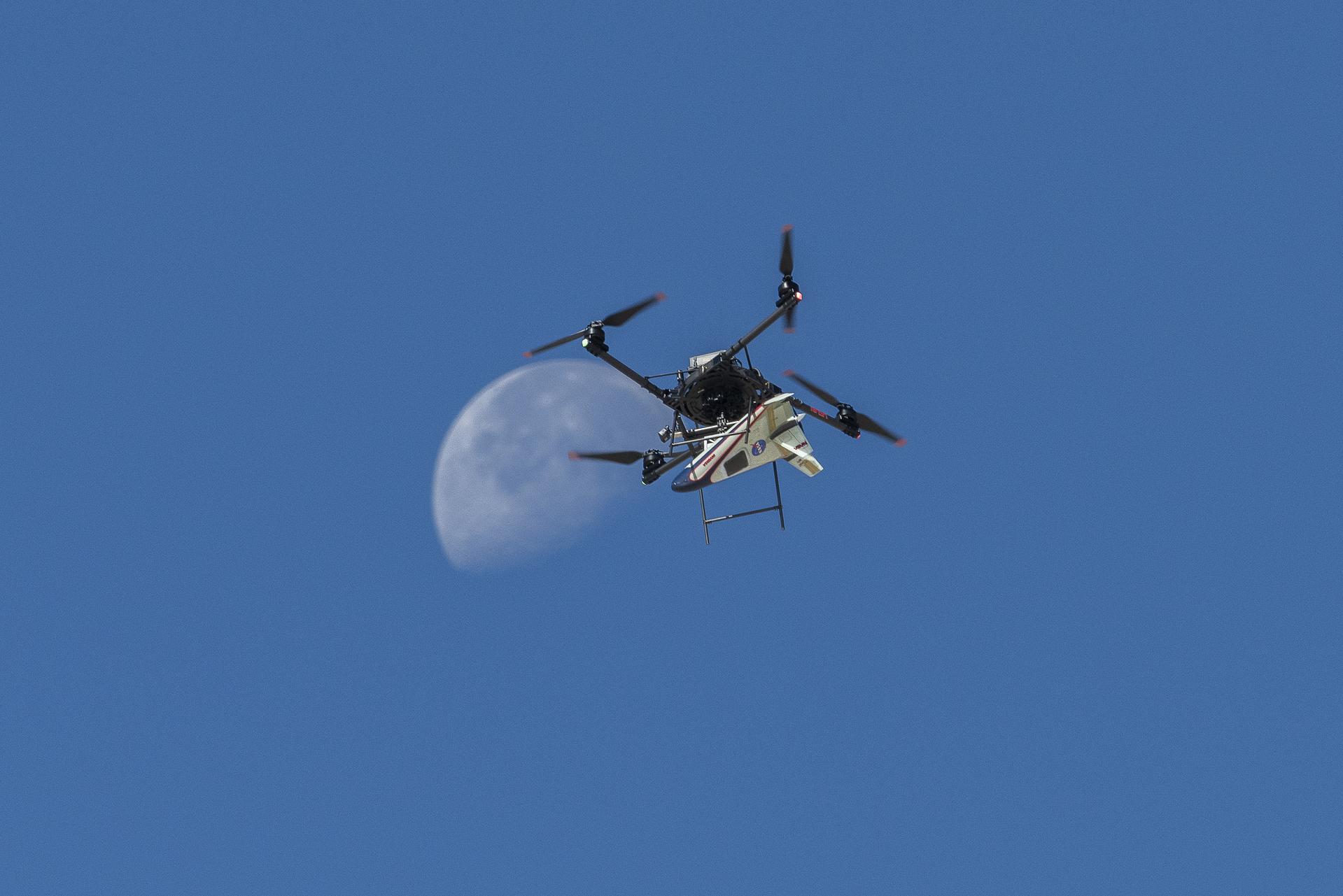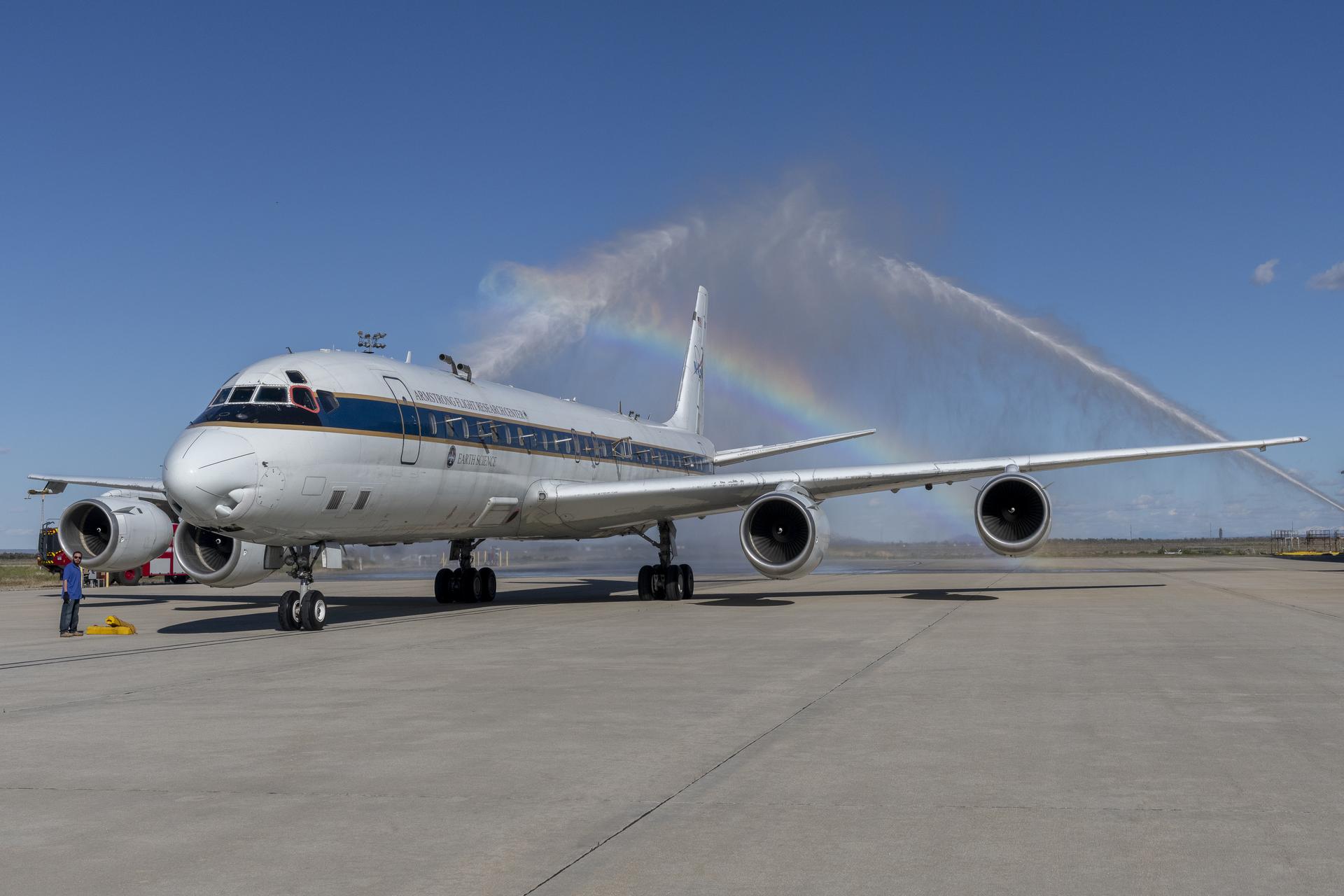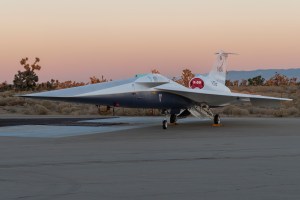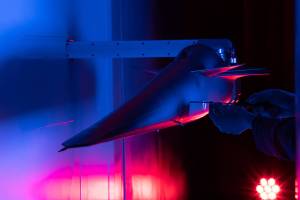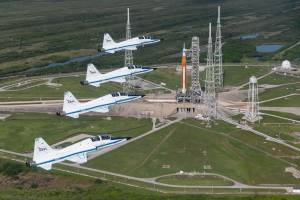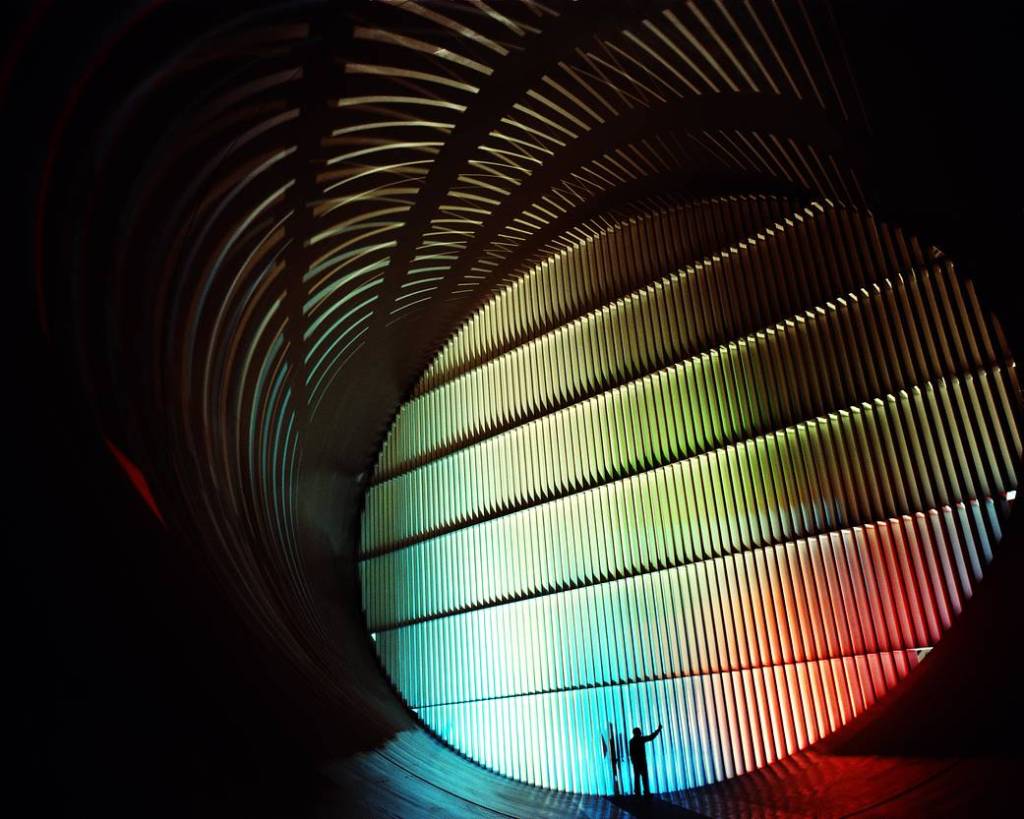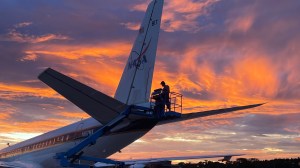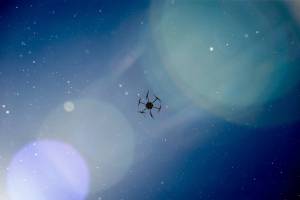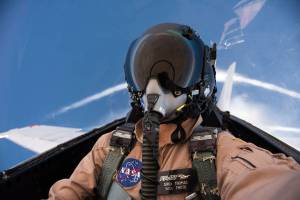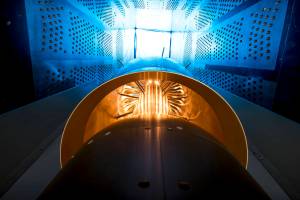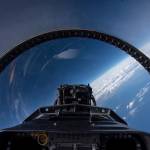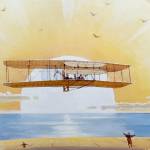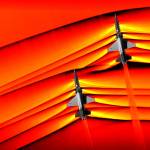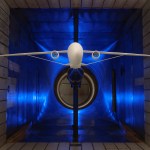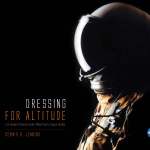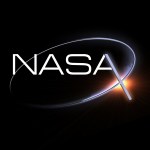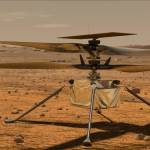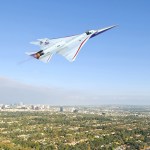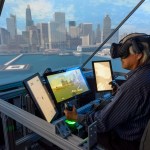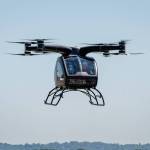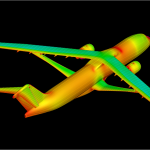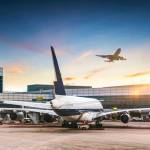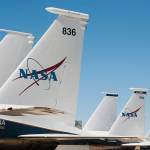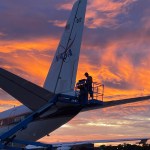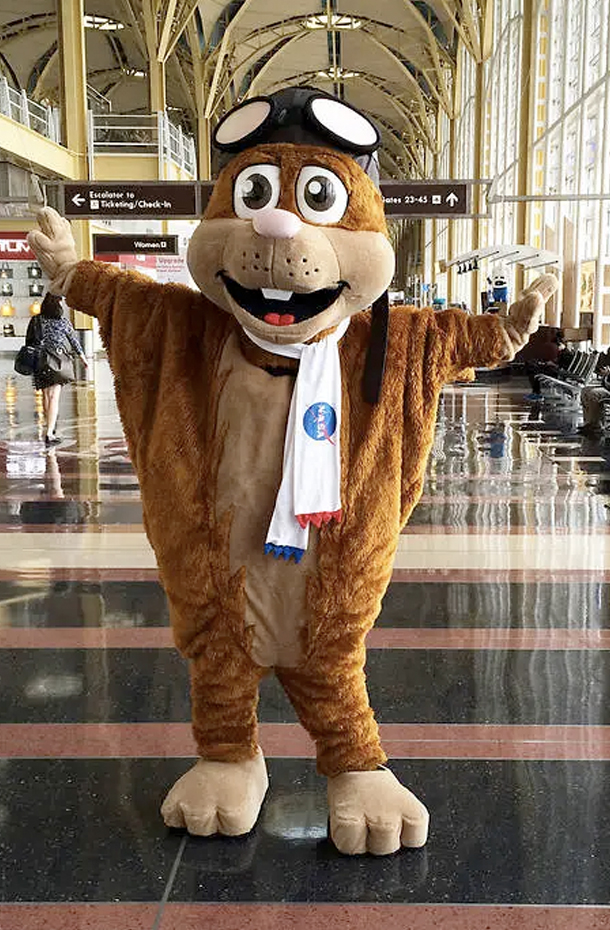
Let’s Fly!
Welcome to NASA’s online home for all things related to the first “A” in NASA —Aeronautics. Here you can stay informed about NASA’s research to improve air travel and make it more sustainable. And if you’re interested in how NASA airplanes support the agency’s science programs and flight operations, we’ve got you covered. NASA is with you when you fly.
pictured:an airliner for a future holiday season? Nasa is researching this transonic truss-braced wing concept.
welcome to the flight line – FEATURED AERONAUTICS content
Latest Aeronautics News
Aeronáutica en español
Conozca los avances tecnológicos desarrollados por la NASA, la industria de la aviación está mejor equipada que nunca para transportar pasajeros y carga de manera segura y eficiente a destinos alrededor del mundo en español.
Lee la noticia en español aquí
NASA Aeronautics – A Vision for Aviation in the 21st Century
NASA's Aeronautics Research Mission Directorate is working to enable industry to introduce transformative options for future air travel in at least four major areas.
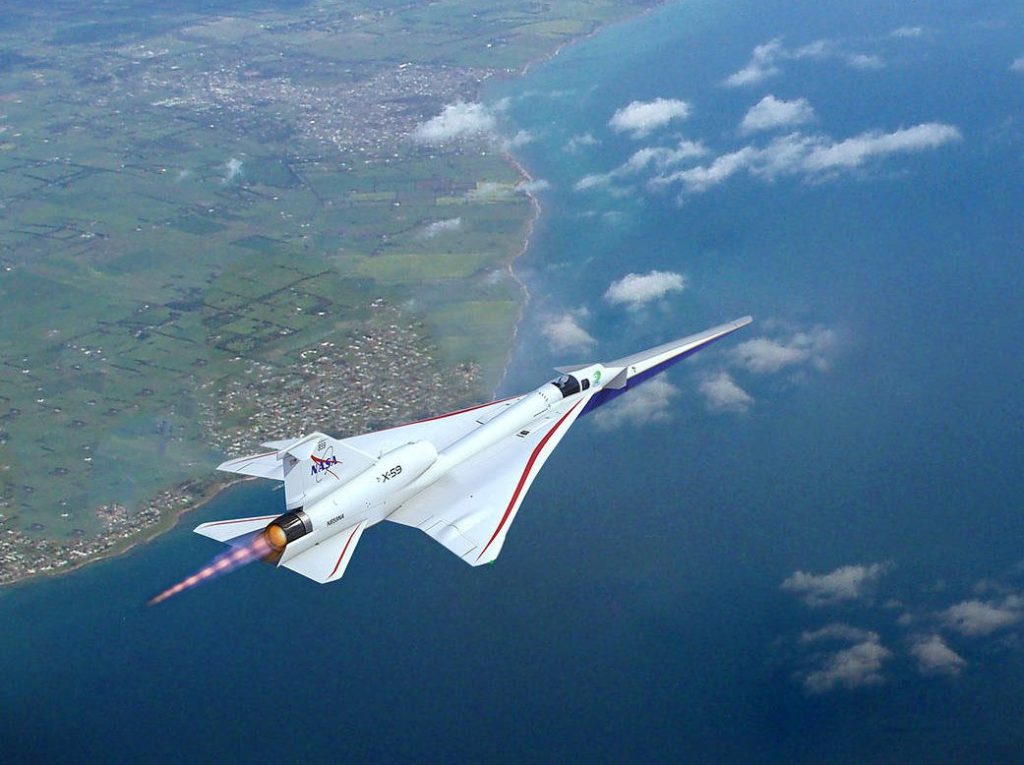
High-Speed Commercial Flight
Quesst is NASA's mission to show the X-59 can fly supersonic without generating loud sonic booms and survey what people hear when it flies overhead. Reaction to the quieter sonic "thumps" will be shared with regulators who will then consider writing new rules to lift the ban on faster-than-sound flight over land.
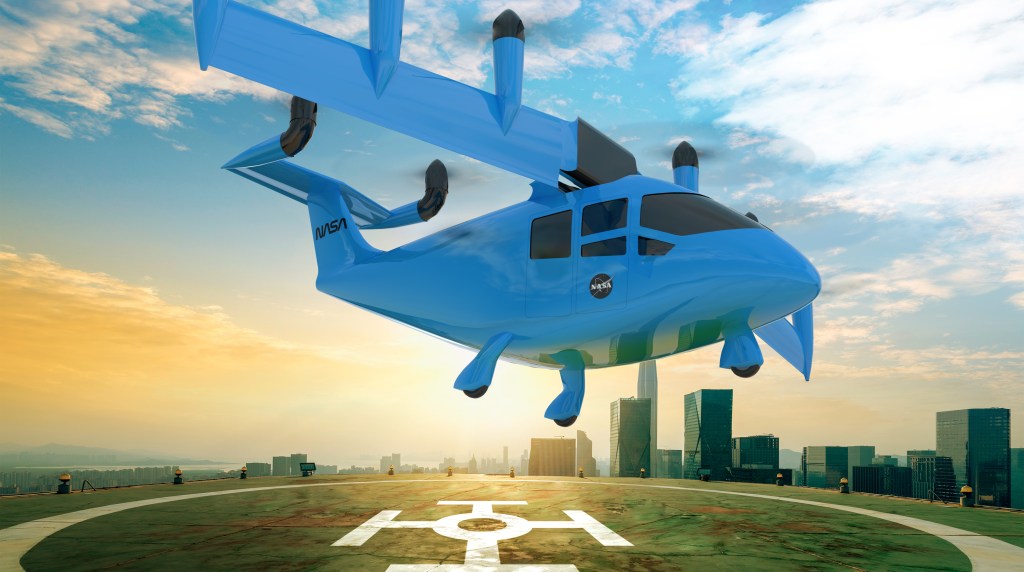
Advanced Air Mobility
Advanced Air Mobility is NASA's mission to help emerging aviation markets safely develop an air transportation system that moves people and cargo between places previously not served or underserved by aviation, using revolutionary new aircraft that are only just now becoming possible thanks to converging technologies.
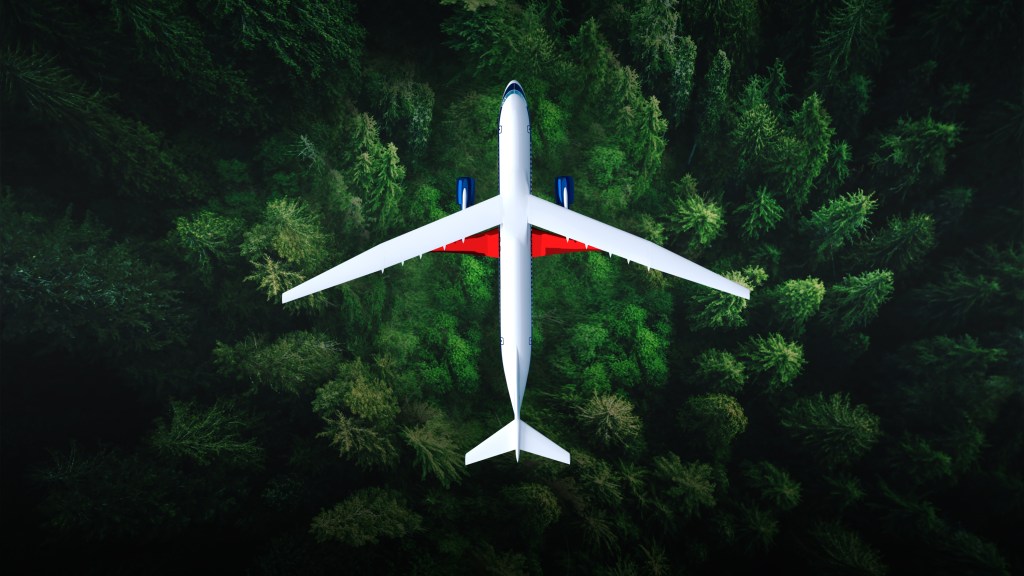
Ultra-Efficient Airliners
NASA is committed to supporting the U.S. climate goal of achieving net-zero greenhouse gas emissions from the aviation sector by 2050. Under the Sustainable Flight National Partnership, NASA is leading federal agencies and industry to accelerate the development of sustainable technologies.
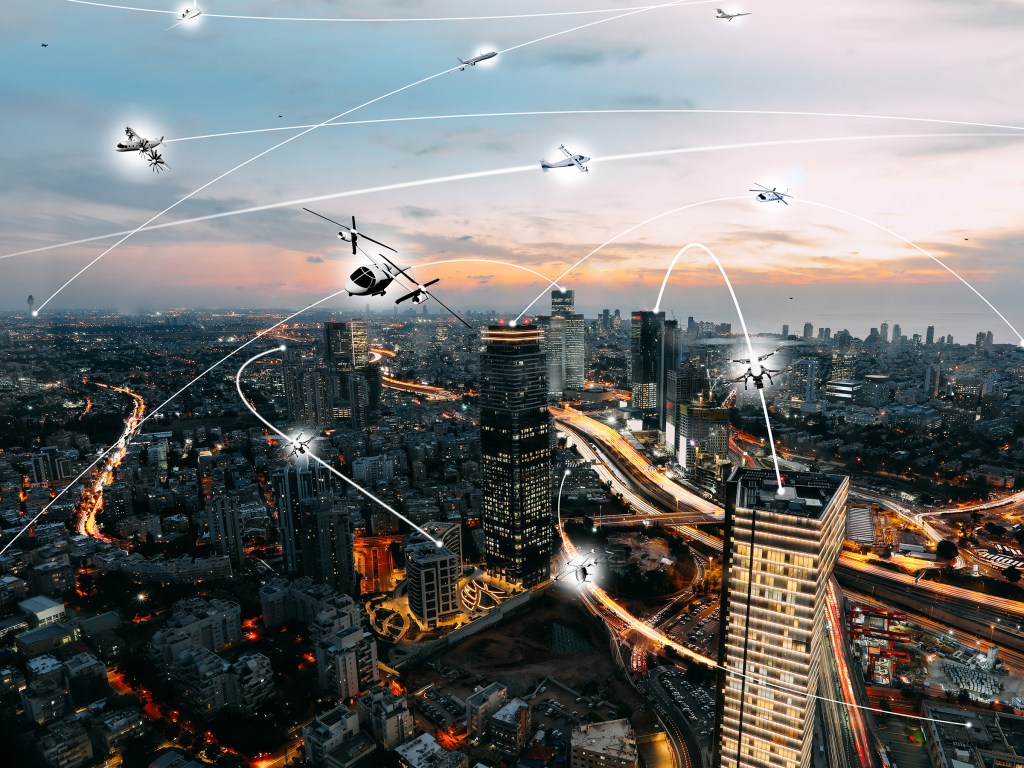
Future Airspace and Safety
NASA is working with the Federal Aviation Administration and others to transform air traffic management systems to safely accommodate the growing demand of new air vehicles entering the airspace, enabling them to perform a variety of missions no matter what airspace that mission may require.
Quesst
Quesst is the name of NASA Aeronautics' mission to help take the first step toward enabling commercial, faster-than-sound air travel over land. The centerpiece of the mission is NASA's X-59 research aircraft. The experimental supersonic jet is designed with technology that reduces the loudness of a sonic boom to a gentle thump. NASA will fly the X-59 over select U.S. communities and take surveys to record what people think of the quieter sonic thumps. The human response data will be delivered to U.S. and international regulators, who will consider setting new rules that allow supersonic flight over land.
Stay up to date at the Quesst mission page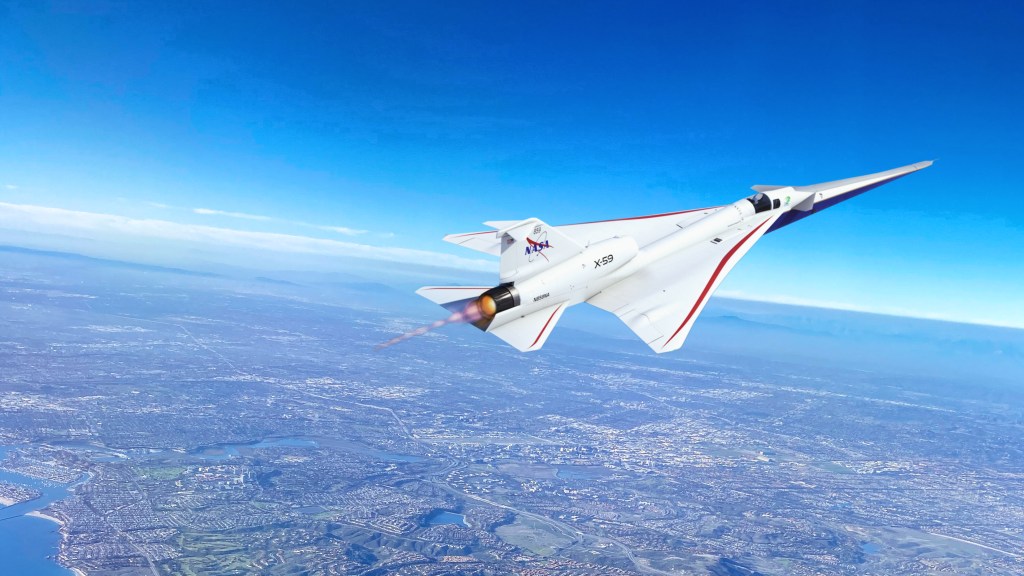
Advanced Air Mobility Mission
NASA’s Advanced Air Mobility (AAM) research will transform our communities by bringing the movement of people and goods off the ground, on demand, and into the sky. This air transportation system of the…
Learn More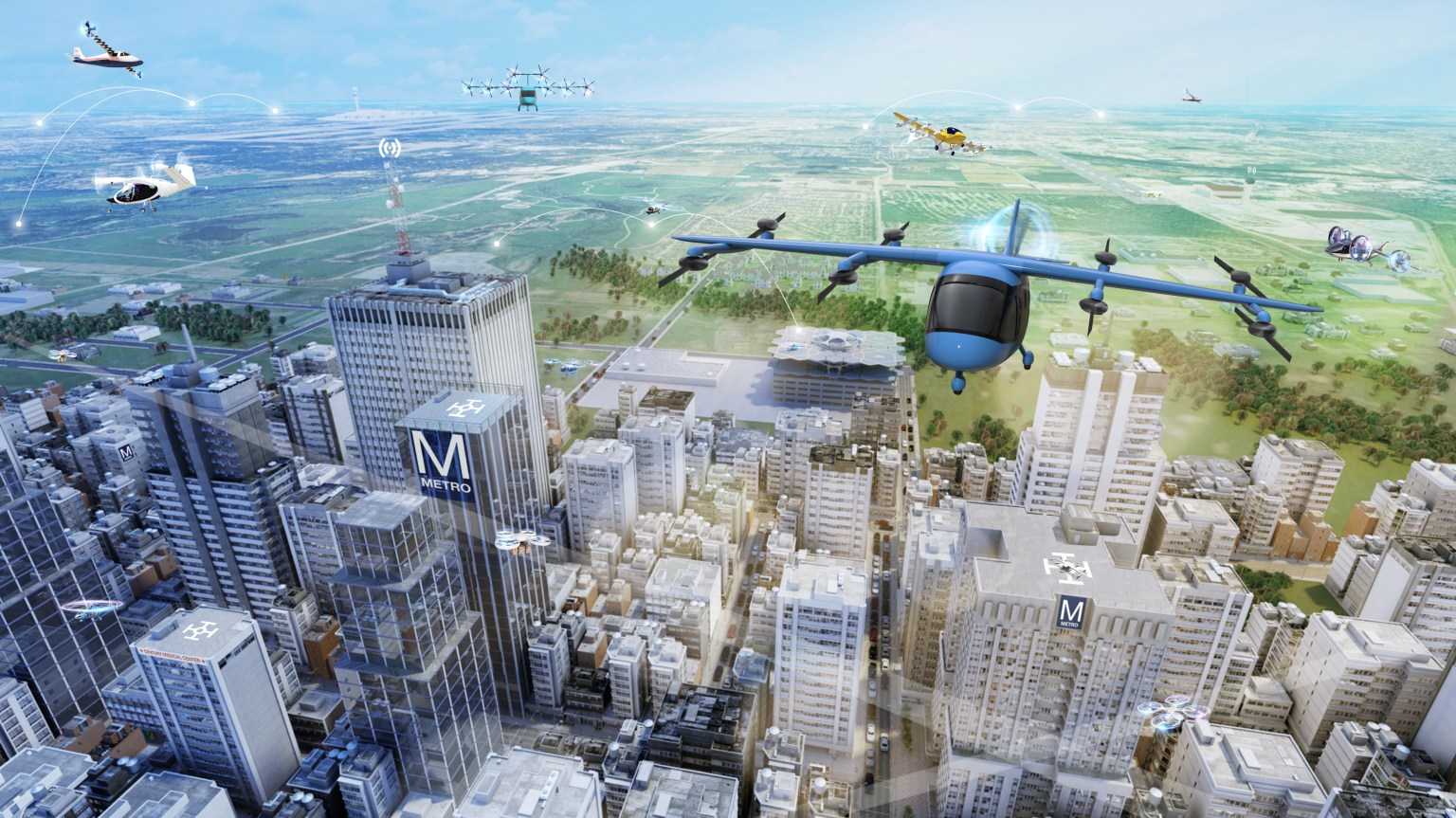
Stunning Aeronautics Images Gallery
Aeronautics Videos Playlist
Your next binge worthy series is right here. Enjoy this collection of videos that help tell the story of how NASA Aeronautics is transforming aviation for the 21st century.
See the Aeronautics Video PlaylistAeronautics Innovation Challenges
NASA’s Aeronautics Innovation Challenges are your entry points to the exciting, fast-moving aviation world of today. And they’re valuable ways for us to get inputs and ideas that may never have occurred to us. Thank you for joining our journey!
Learn More about Aeronautics Innovation Challenges about Aeronautics Innovation Challenges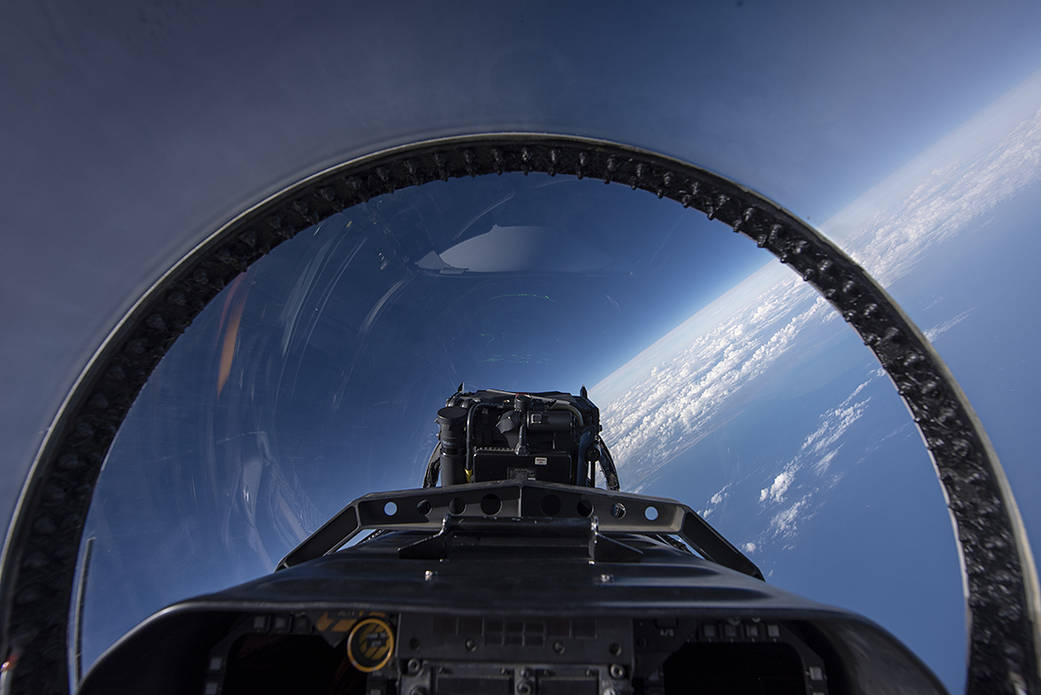
Fly With Us!
Start Your Own Aeronautics Flight Log Book
NASA invites you, your family – even your friends and classmates – to sign up and add your name to our list of virtual passengers. Your name can ride with us on our X-planes, drones, and other flights as NASA explores ways to improve aviation for everyone. Print your personalized boarding passes, enter flights into your virtual flight log, and access activities, videos, and more!
Set Up Your Flight Log Here about Start Your Own Aeronautics Flight Log Book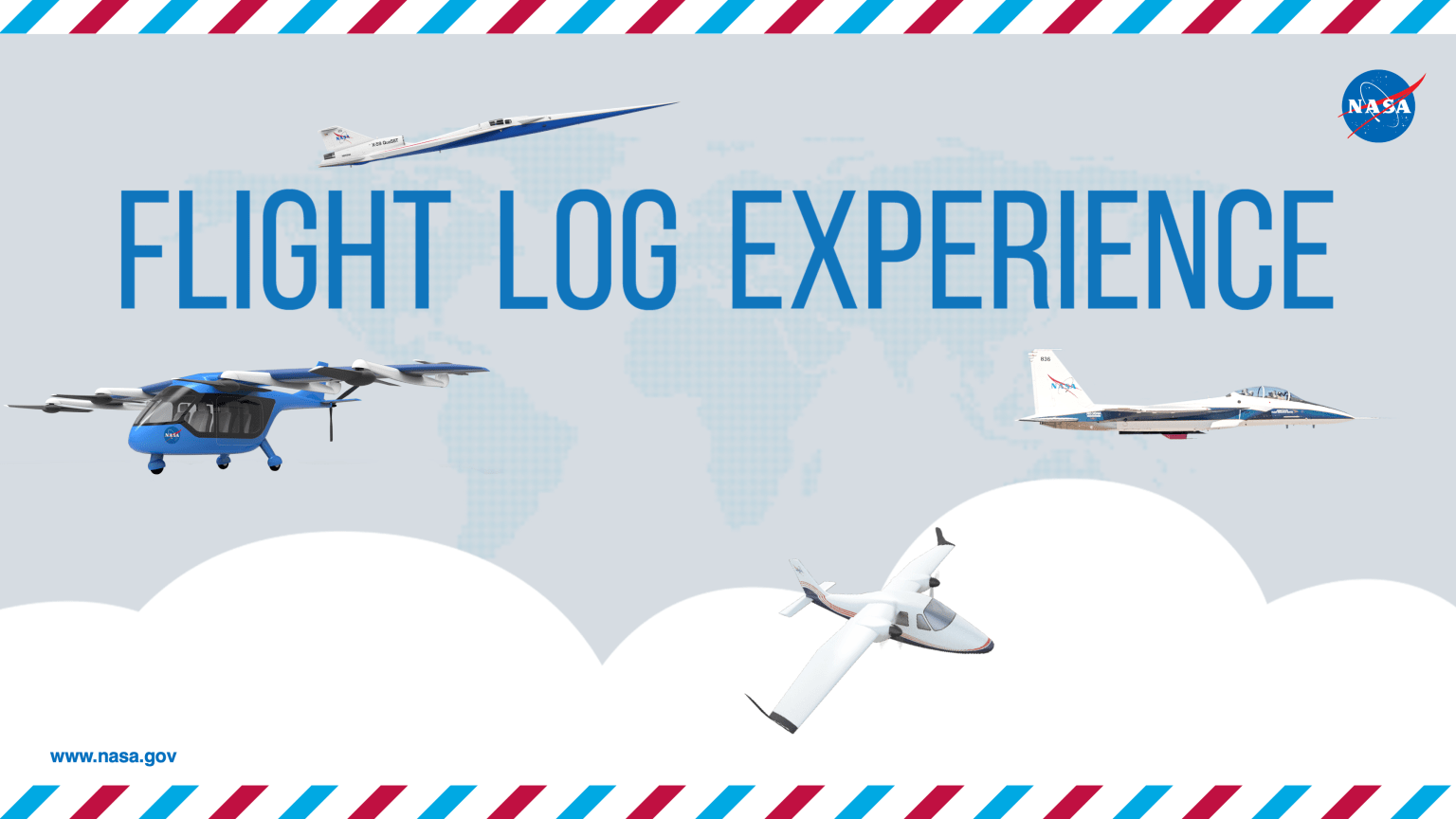
The NACA
The predecessor of NASA, the National Advisory Committee for Aeronautics (NACA) was founded in 1915 with the intent of being an advisory committee that would coordinate research underway elsewhere. It quickly became a leading research organization in the new field of aeronautics, pushing back the boundaries of flight until its transformation into NASA in 1958.
Read More about the NACA about The NACA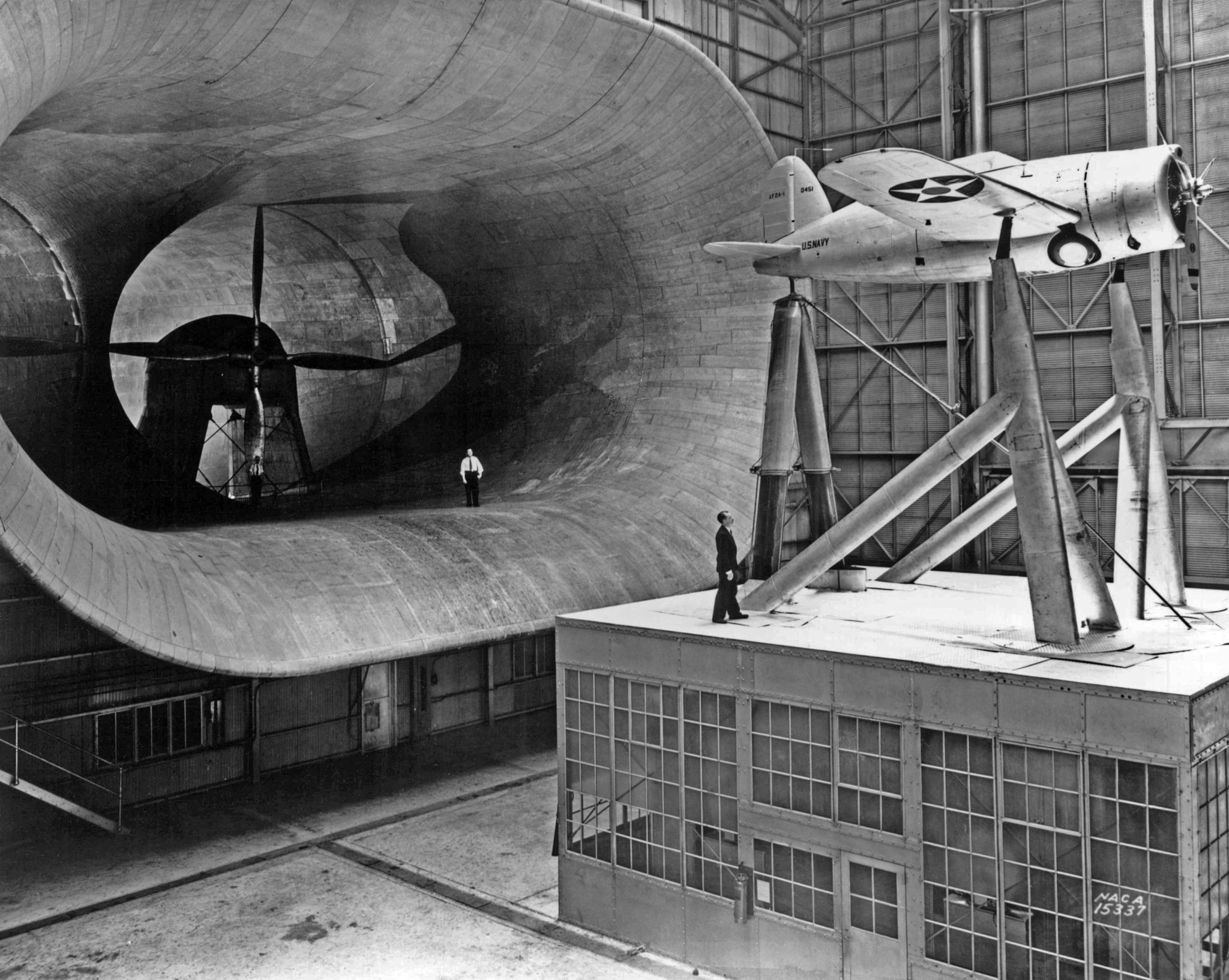
Aeronautics and Space Report of the President
The annual “President’s Report” is a summary of the Government’s aerospace activities each year. Mandated by law, it contains summaries on aerospace activities conducted by 14 Federal departments and agencies, as well as appendices containing historical data on spacecraft launches and aeronautics and space budget figures.
Read the Fiscal Year 2023 Report